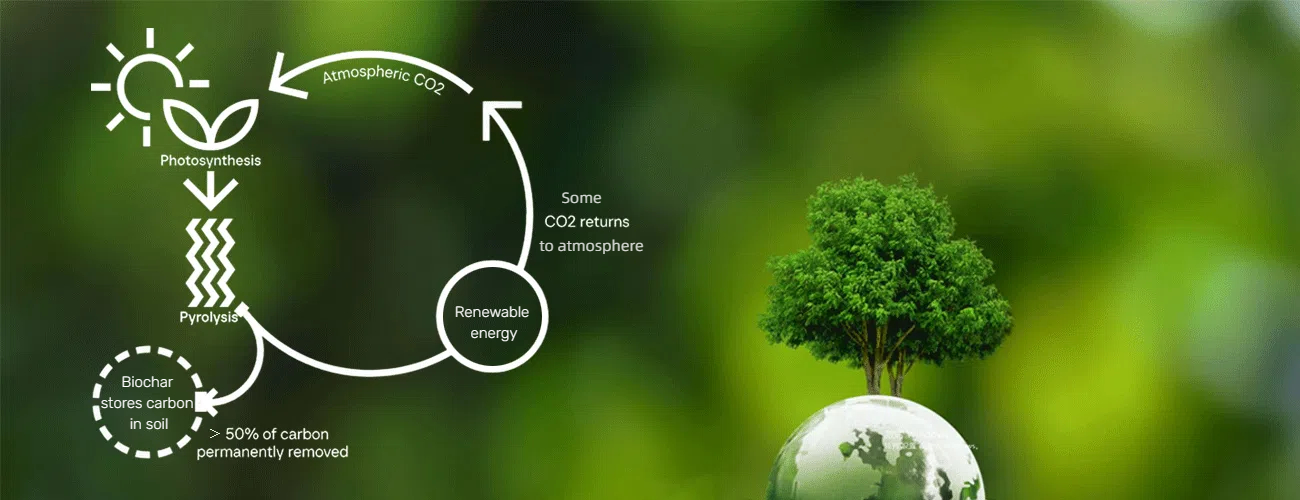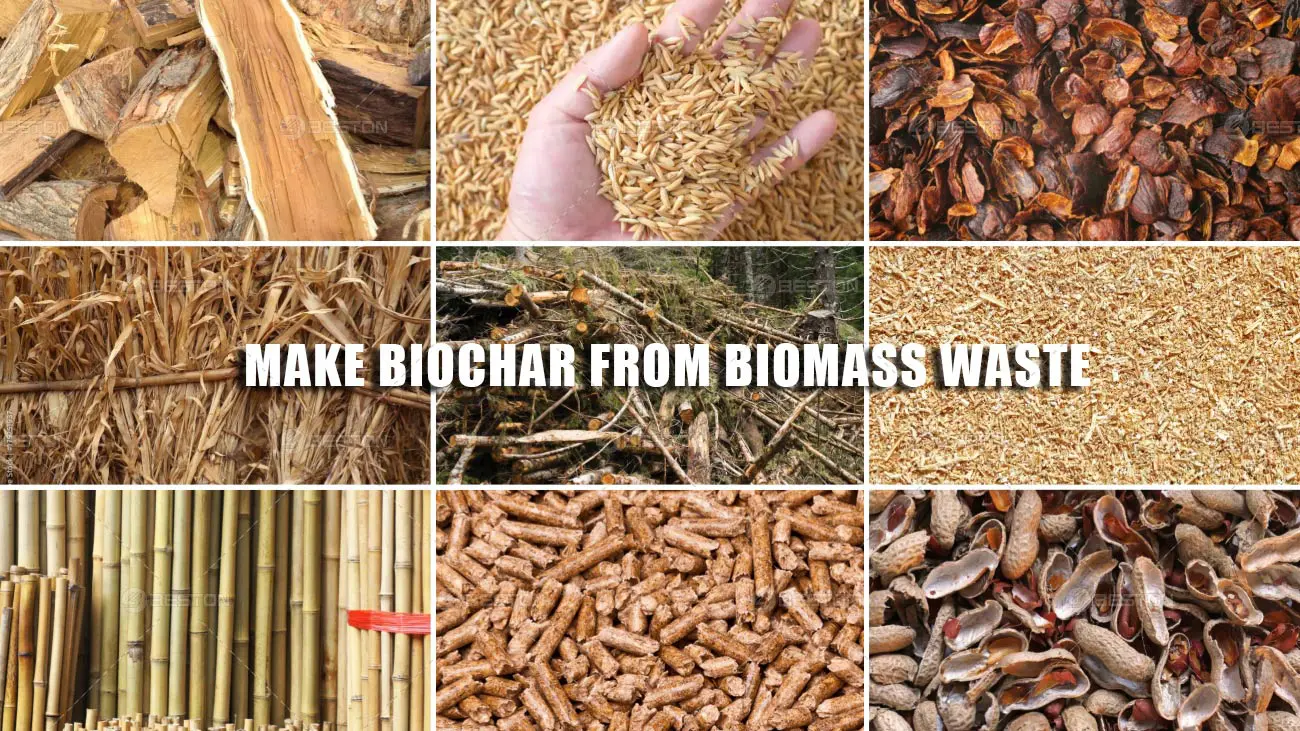The global urgency to address climate change has pushed nations to set ambitious carbon neutrality targets. One of the most prominent of these is the 2050 carbon goal, a milestone aimed at achieving net-zero greenhouse gas emissions by the middle of this century. Among the innovative technologies aiding in this pursuit, biomass pyrolysis recycling stands out as a scalable and sustainable solution.
What Is Biomass Pyrolysis Recycling?
Biomass pyrolysis plant occurs a thermochemical process that involves heating organic material (biomass) in the absence of oxygen. This controlled decomposition transforms waste biomass into valuable products such as biochar, bio-oil, and syngas. The process not only recycles agricultural and forestry waste but also helps sequester carbon, making it a powerful tool for combating climate change.
Contribution to the 2050 Carbon Goal
Biomass pyrolysis contributes to the 2050 carbon neutrality target in several impactful ways:
- Carbon Sequestration: The biochar produced during pyrolysis locks carbon in a stable form, preventing it from re-entering the atmosphere.
- Renewable Energy Production: Syngas and bio-oil generated during pyrolysis can be used as clean energy sources to displace fossil fuels.
- Waste Reduction: Pyrolysis recycles agricultural, industrial, and municipal biomass waste, reducing landfill use and methane emissions.
- Soil Enrichment: When applied to soil, biochar improves fertility, water retention, and microbial activity, promoting sustainable agriculture.

Global Trends Supporting Biomass Pyrolysis
Governments and organizations worldwide are investing in pyrolysis technology. Countries in Europe, North America, and Asia are implementing carbon credit schemes and green investment incentives to support biomass recycling projects. These policies are creating a favorable environment for biomass pyrolysis businesses with biochar machine to grow and thrive.
Biomass Feedstocks Available for Pyrolysis
A wide range of organic materials can be used for biomass pyrolysis:
- Rice husks
- Sawdust and wood chips
- Coconut shells and palm kernels
- Almond shells, coffee grounds, and nutshells
- Corn stalks, wheat straw, and sugarcane bagasse
These abundant feedstocks are usually considered waste, yet through biochar pyrolysis machine, they gain new life as carbon-rich resources.

Challenges and Future Outlook
While biomass pyrolysis offers immense promise, several challenges remain. These include:
- Lack of infrastructure in rural areas
- Initial investment costs for pyrolysis equipment
- Need for standardized carbon credit evaluation systems
Despite these hurdles, the future of biomass pyrolysis looks bright. With rising environmental awareness, technological advancements, and governmental support, pyrolysis is set to play a critical role in meeting global emission targets.
Conclusion
Biomass pyrolysis recycling is not just a method of waste disposal—it is a transformative strategy for sustainable development. By converting agricultural residues into biochar and renewable energy, it addresses both climate and energy challenges. As we march toward the 2050 carbon goal, integrating pyrolysis into national carbon reduction plans will be essential. The time to invest in this low-carbon future is now. Beston Group is your source for more information.
Join the global movement for a cleaner, greener future through biomass pyrolysis recycling.